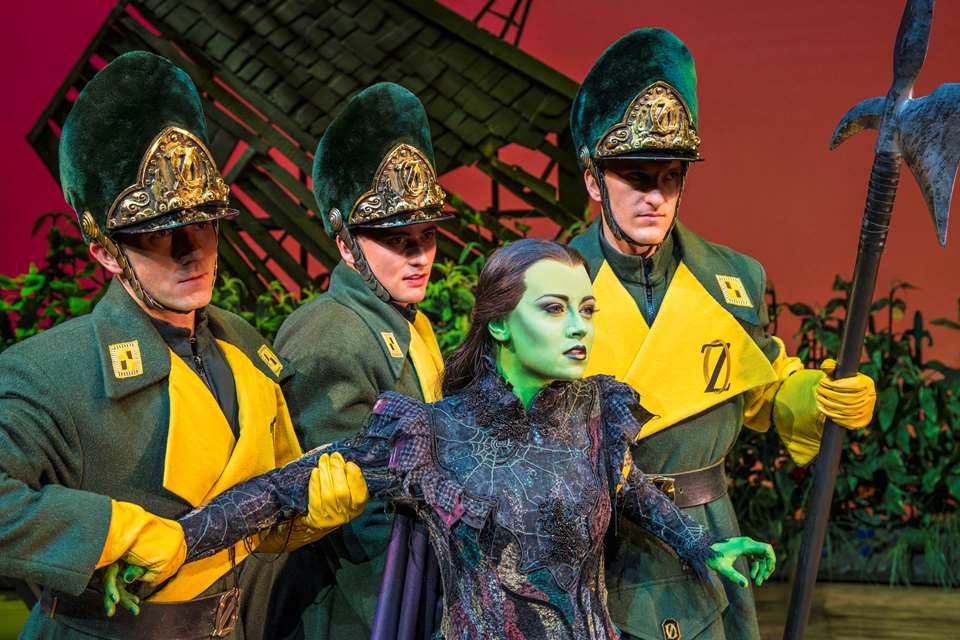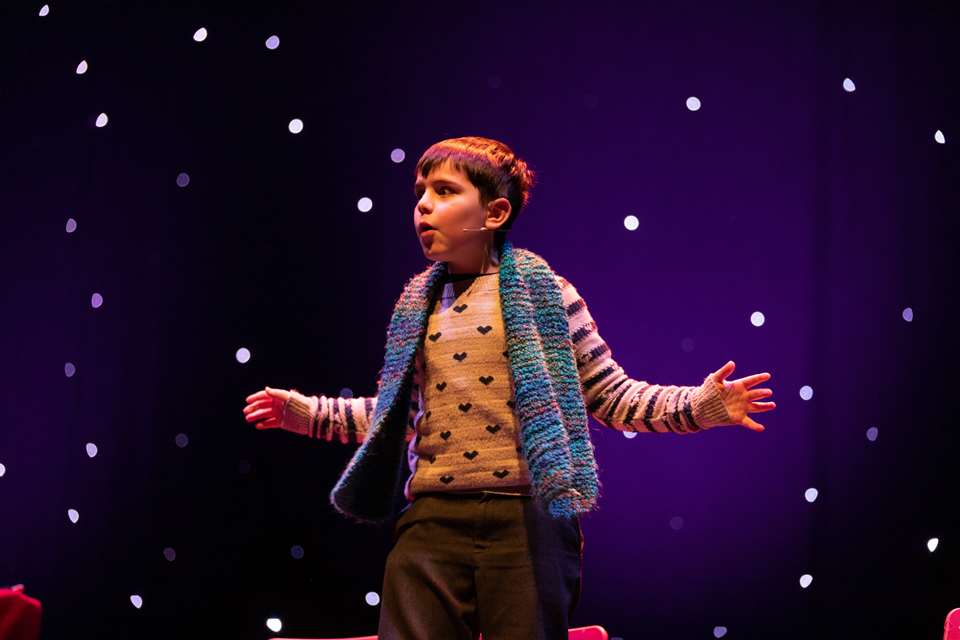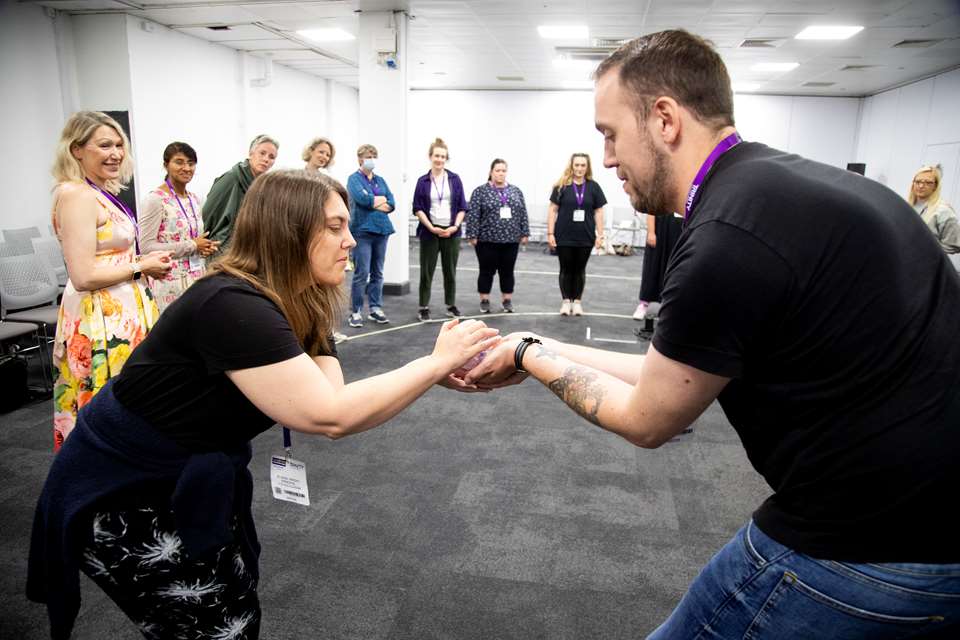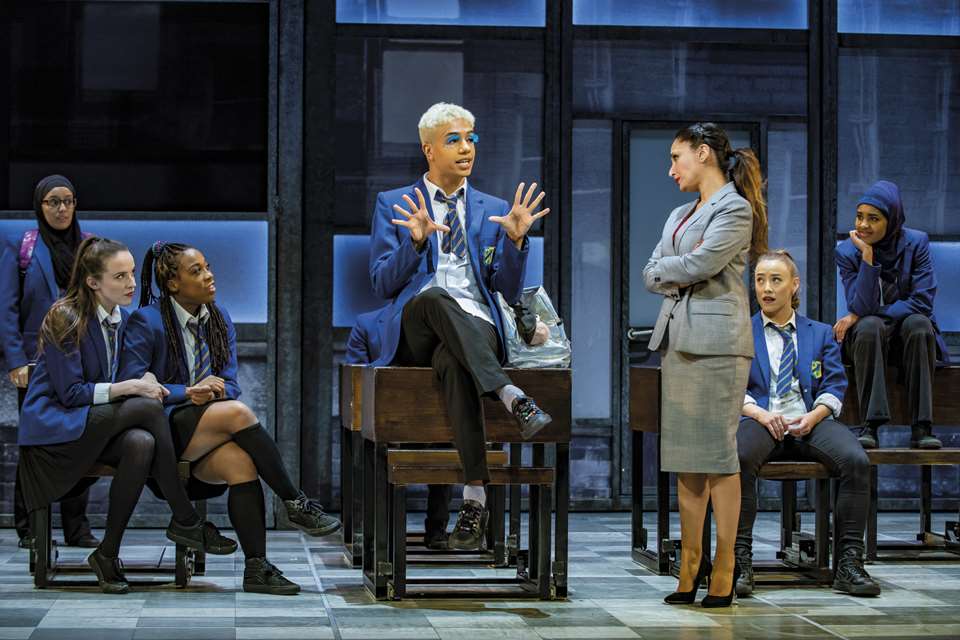Bugsy Malone: Tips from a children's casting director
Freya Parr
Saturday, October 1, 2022
Casting children in a touring production is no easy feat, as Freya Parr finds out from Verity Naughton, the children's casting director for the UK-wide revival of Bugsy Malone
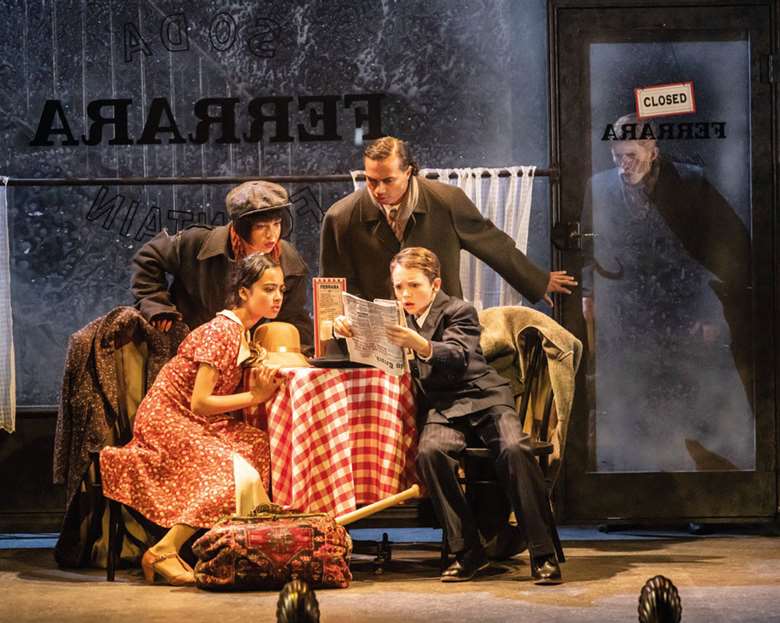
Helen Maybanks Johan Persson
Casting any production is a complicated logistical process – but consider what the process must be like for those casting a touring production set over an entire year, crossing the length and breadth of the UK. In case that wasn't enough of a challenge, add to it three rotating casts of young performers, requiring chaperones, tutoring and limited legal working hours. It's enough to make anyone's head spin.
A much-loved classic
Bugsy Malone is returning to stages around the UK for the very first time in a revival of the hit Lyric Hammersmith Theatre production from 2016. Against the backdrop of Prohibition-era New York, the musical is a gangster-style explosion of fun, with kids adopting toy guns and whipped cream rather than guns and bullets. Based on the 1976 film of the same name, Bugsy has become a mainstay of youth theatres around the world thanks to its ensemble cast of child actors.
But there's a big difference between staging this at a local town hall for a three-night run and taking time off from school to travel the country and bring Bugsy to audiences around the UK. For children's casting director Verity Naughton, there's a certain quality they look for when casting a production this substantial. ‘The kids need a lot of swagger,’ she says. ‘We look for children who are focused, can learn quickly and pick up notes, but are also able to work with adults.’ The children in Bugsy range from 9 to 15, with many of the lead roles taken by the older children.
Verity's process is fairly consistent across all the productions she's worked on, having previously cast children for roles in Frozen, The Ferryman, School of Rock, Billy Elliot, Charlie and the Chocolate Factory and Matilda. ‘I start by speaking to agents and drama schools, gathering together children who fit the brief for the production. We'll put it out to agents on the online casting database Spotlight, and I'll also use my contacts from shows I've previously seen, whether they've been at theatre, state or private schools.’ While many of the children have been part of West End casts before, there are just as many for whom this is their first professional experience on stage.
Next steps
After the first round of auditions, Verity and her team will invite actors for recalls. It's at this stage that other members of the production team will join, taking advice and pointers from Verity, who by this point knows the children quite well. Meanwhile, Will Burton – the adults’ casting director – is carrying out the same process with the adult actors. That said, the two castings follow very different formats. ‘The main difference is that with the children we are doing group auditions, rather than auditioning individuals one by one. For the first round, they're usually asked to bring along their own song and monologue, rather than something from the show. That comes later during the recall stages.’
After the show has been cast, Verity liaises with agents and parents to help them understand the process and introduce them to everyone. She'll often need to apply to local authorities for child performance licences, which involves explaining the schedule and children's role within the production and getting their schools’ permission. These expire within six months, so for a show with a run as long as Bugsy there's a chance that there will be a change in cast at the halfway point. ‘We find out how the children have been getting on with their studies, how happy they have been during the run and whether they'd like to stay on,’ Verity explains. ‘The casting team will also evaluate whether they're still the right fit for the part, as a lot can change over six months when you're this age. We'll need to assess whether they've grown taller or their voices have broken.’
Planning pandemonium
There are even more logistics to consider within the performances themselves. As children are only legally allowed to perform a certain amount of hours a week – and must receive 15 hours a week of education – there needs to be three rotating casts. This allows the children to have sufficient time off and have lessons with tutors. Their schools will liaise closely with these tutors, often setting the work which the tutor then facilitates. The idea is that the young actors should be able to seamlessly fit back into the classroom following the production's run. The schedule often means that tutoring takes place in the morning, with rehearsals and shows in the afternoon or evening. Chaperones accompany the children all the time, whether it's spending time with them in the hotel or taking them to breakfast or lunch when they're on tour. They also stay with them during performances and rehearsals.
Casting a show of 21 is a challenge by anyone's standards, but when you consider that those 21 people need unique schedules, schooling and round-the-clock pastoral care, it's even more impressive. Getting a show like Bugsy on the road truly is no mean feat.


